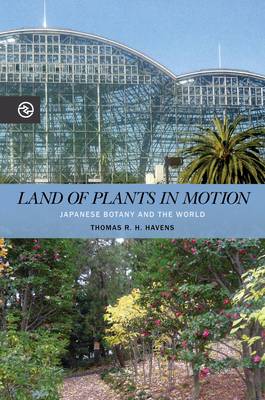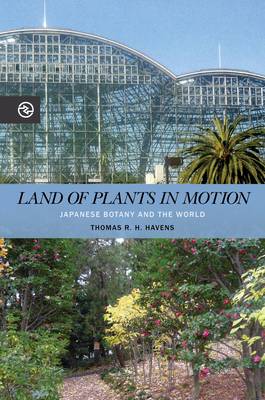
- Retrait gratuit dans votre magasin Club
- 7.000.000 titres dans notre catalogue
- Payer en toute sécurité
- Toujours un magasin près de chez vous
- Retrait gratuit dans votre magasin Club
- 7.000.000 titres dans notre catalogue
- Payer en toute sécurité
- Toujours un magasin près de chez vous
122,45 €
+ 244 points
Format
Description
Land of Plants in Motion is the first in any language to examine two companion stories: (1) the rise of an East Asian floristic zone and how the Japanese islands evolved an astonishing wealth of plant species, and (2) the growth of Japanese botanical sciences.
The majority of plant species regarded as "Japanese" trace their origins to western China and the eastern Himalaya but are so indigenized that they often seem native today. Early modern scientists in Japan drew on knowledge of Chinese herbal medicine but achieved distinctive insights into plant life commensurate with but separate from their European counterparts. Scholars at the University of Tokyo pioneered Japanese plant biology in the late nineteenth century. They incorporated Western botanical methods but sought a degree of difference in taxonomy while also gaining international legitimacy through publications in English. Japan's age of empire (1895-1945) was less about plant exploration and more about plant collection, for both scientific and economic benefits. Displays of species from throughout the empire made Japan's sphere of colonization and conquest visible at home. The infrastructure for research and instruction expanded slowly after World War Two: new laboratories, botanical gardens, scholarly societies, and publications eventually allowed for great diversity of specialized study, especially with the growth of molecular biology in the 1970s and DNA research in the 1980s. Basic research was harmed by cuts in government funding during 2012-2017, but Japanese plant biologists continue to enjoy international esteem in many fields of scholarship.Spécifications
Parties prenantes
- Auteur(s) :
- Editeur:
Contenu
- Nombre de pages :
- 214
- Langue:
- Anglais
- Collection :
Caractéristiques
- EAN:
- 9780824882891
- Date de parution :
- 30-06-20
- Format:
- Livre relié
- Format numérique:
- Genaaid
- Dimensions :
- 152 mm x 231 mm
- Poids :
- 476 g







